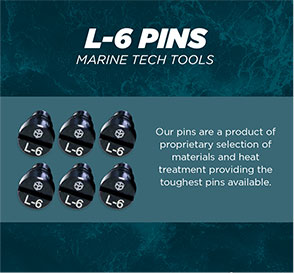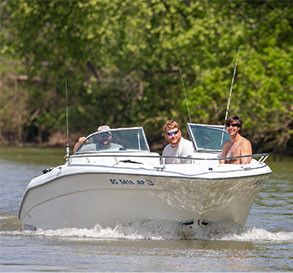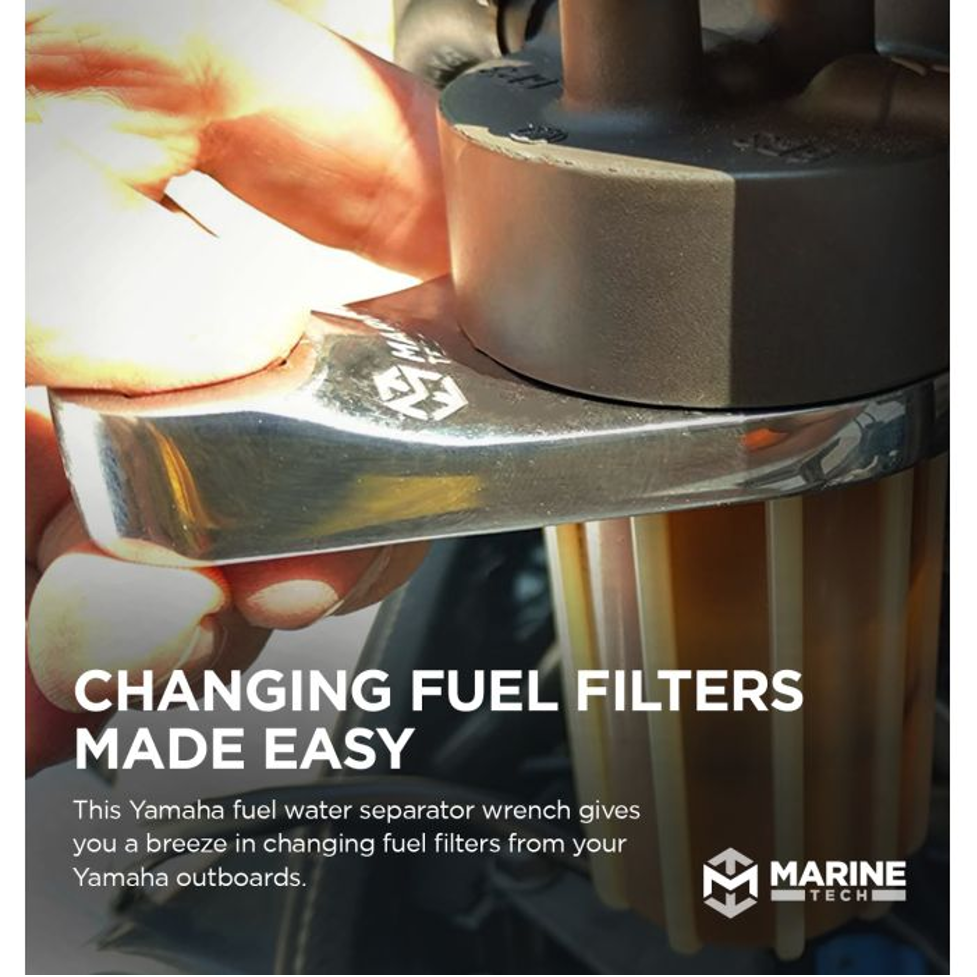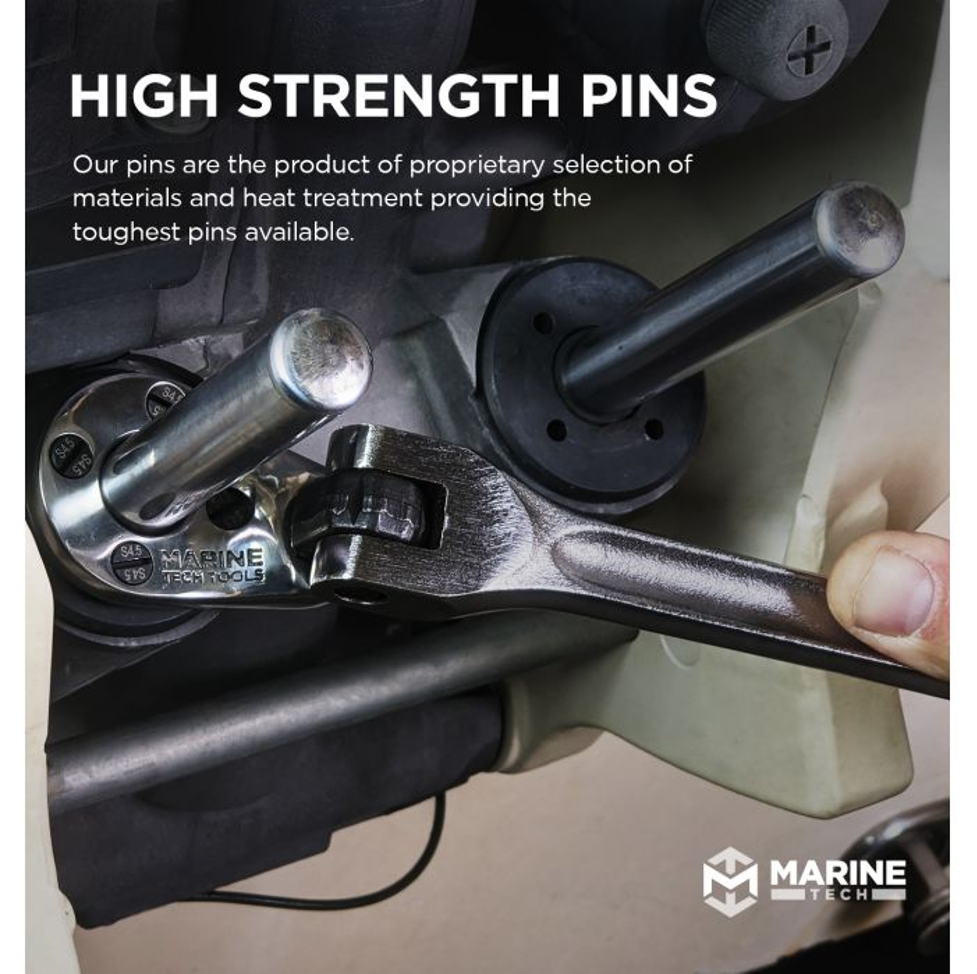Flounder, a grouping of various types of flatfish, is a great beginner’s catch. They aren’t too difficult to fish for, and can be found throughout the year. They aren’t the best-looking fish in the sea, but they are tasty!
Flounders have a round, flat shape that is brown and spotted on top and white on the bottom, and both eyes are located on the same side of their head. During spring and summer, they tend to stay around the shores and estuaries, and move offshore for the winter.
There are a few different types of flounder. One of the most popular is the summer flounder, or fluke. Here are some of the basics you’ll need to know to get started catching your own flounder!
Where to Look for Flounder
Flounders are bottom feeders, and they like to hide in the mud. They tend to hang out in areas with a moving current that will bring food directly to them — think creek mouths, channels, or anywhere there’s a break in the current.
You can also find them near dropoffs or lurking around underwater structures. Keep in mind that they need some clear water around them to see their prey since they primarily hunt by sight.
Another important factor for flounder fishing is time of day. If you’re fishing at high tide, go inshore to the freshly submerged sandbars, where flounders will gather to feed. In the early morning or late afternoon, however, you’ll find them offshore around structures like wrecks and reefs.
How to Catch Flounder

While every expert has their preferred method for catching flounder, there are a few basic principles.
Of course, since they’re bottom feeders, you’ll want to fish at the bottom, regardless of whether you’re fishing in the shallows or deeper waters. It’s also important to move the bait around by drifting or bouncing it along the bottom to attract the flounder’s attention. The flounder will wait for the food to come to it — not the other way around.
However, don’t move it around too quickly. Instead, pull it back slowly, to give the flounder time to decide to strike.
Finally, don’t give up if you hook one flounder, but it slips away. Flounders like to travel in groups, so where there’s one, there are probably more.
The Best Bait for Flounder
Live bait like sandworms and mullet are great choices, as they can entice even some of the most cautious flounders to bite. Other popular choices include jigs, scented lures like the Berkley GULP!, and fluke killer rigs.
It’s also important to choose the right bait for the location and the method you’re using. For beginners, it’s often recommended to drift a squid-and-minnow “sandwich” along the bottom.
Easy Flounder Recipes

Flaky and mildly sweet, flounder are a tasty, simple-to-prepare fish that can be cooked in a variety of ways. Bake it, fry it, sear it — the possibilities are endlessly delicious.
You can substitute flounder for tilapia or another mild fish with a flaky texture. Here are a few of our favorite recipe ideas to get you started:
Ready to Catch Your Own Flounder?
Fishing for flounder is a great way to spend a day, at almost any time of the year. Whether you stick to the shallows or venture deeper, a little patience, luck, and the right bait can bring in quite the catch!













